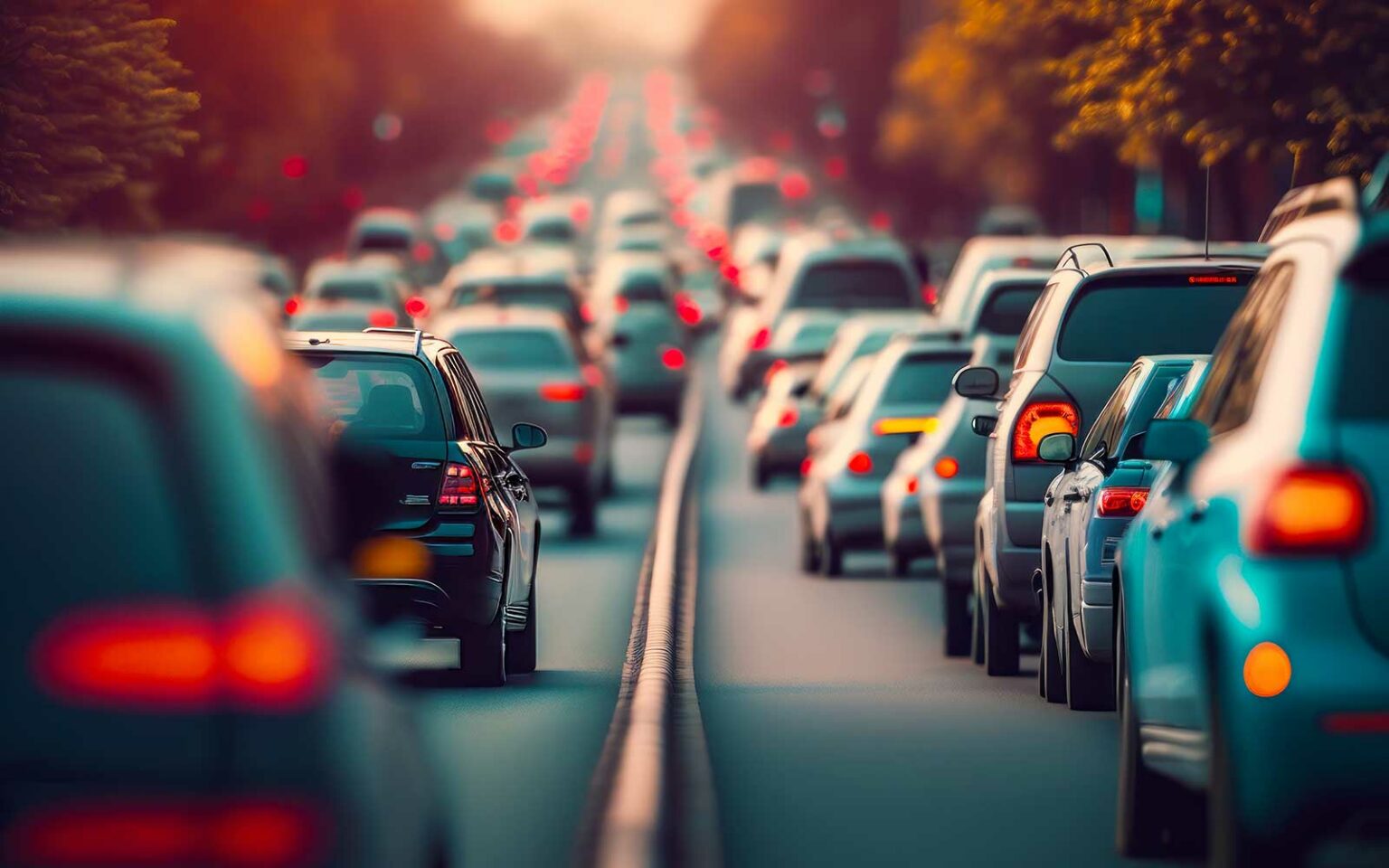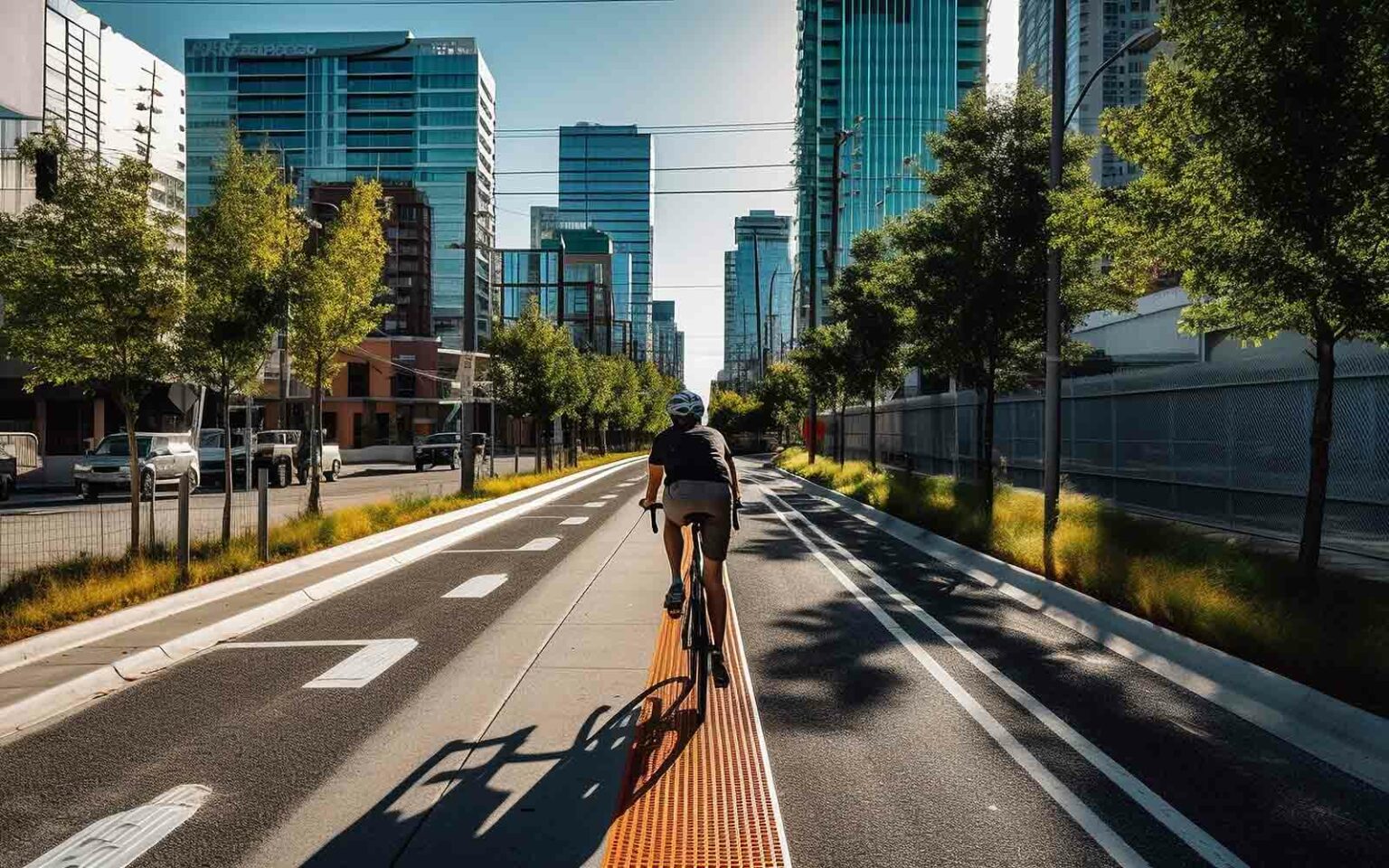Choose language
Low emission zones (LEZ)
Low Emission Zones (LEZ)
Today, urban mobility requires an increasingly sustainable and environmentally responsible approach. In a context marked by rapid urbanisation and global environmental challenges, the adoption of environmentally responsible measures in the design and implementation of mobility solutions is indispensable to mitigate negative impacts on our biodiversity and quality of life. The implementation of infrastructures for zero-emission vehicles and the promotion of the use of collective means of transport point to a transition towards healthier, more resilient cities in harmony with their ecosystem.
In Spain, Low Emission Zones have become a key tool in the fight against pollution and global warming. An initiative aimed at reducing pollution levels and improving air quality in the most populated urban areas.

At SICE, we see sustainable urban mobility as an imperative need in today’s world. We are driven to move forward with our clients and with society, applying the most modern technologies. Which is why we have put our experience and knowledge at the service of this new need, implementing large-scale projects, offering comprehensive and effective solutions, adapted to the specific needs of each municipality.


The implementation of Low Emission Zones involves a holistic approach from planning and design to implementation and monitoring. At SICE, we are equipped to address each of these aspects. Our advanced monitoring systems allow us to collect accurate data on urban mobility, air quality and emissions, assessing the impact of the measures implemented, with the capacity to adjust them as necessary to achieve optimal results.
The implementation of the SICE solution for city Low Emission Zones (LEZ) functions like an access control system using number plate reading. The data collected is sent to the management platform in the Control Centre. The system can:
Pay-per-use collection management
Pay-per-use projects require a back-office platform for customer and offender management. The platform supports a series of operational activities that are essential for proper collection management:

They provide information on the meteorological and environmental conditions in the municipality. They measure, among other elements, temperature, wind direction and speed, precipitation, global and net solar radiation, UV radiation or barometric pressure.

They provide information on air quality in the municipality. They measure, among other elements, sulphur dioxide (SO2), nitrogen dioxide (NO2), carbon monoxide (CO), ozone (O3) and dust particles in the air (PM2.5 and PM10).

They provide standardised sound level measurements. The sensor responds to sound in approximately the same way as the human ear and provides objective and reproducible measurements of sound pressure levels.

Our mobility management platform, SIDERA Traffic, can incorporate the module for the complete control, management and monitoring of Low Emission Zones implemented in cities.
SIDERA TRAFFIC processes real-time information from the infrastructure installed in the municipality relating to the cameras controlling access to the restricted zone with number plate reading, and comparing these with the policy established by the municipal council for access, such as registered residents, workers, loading and unloading zones, collective vehicles, priority vehicles, businesses within the zone, etc.
Thanks to its innovative approach and its ability to adapt to the specific needs of each city, SICE has managed to make a significant difference in the management of LEZs, establishing an agile and simple process for both the municipal council and citizens.
